….
If you roam the desert southwest, you invariably come upon various forms of petroglyphs, pictographs, or other etchings.
Petroglyphs (carved into the rock) and pictographs (painted on rock) are famously found throughout the Colorado Plateau. A message from the past visible today. Are they idle drawings? Ceremonial? A record of events? Honoring essential people of a given area? Probably that and more. We have good guesses, but we won’t know entirely. We lost the messages to time in some cases.
Invariably someone will ask, sometimes snarky and sometimes not, the difference between these images and modern vandalism?
That’s a good question.
First, I am purposefully not using the term “graffiti.” In the original Italian, graffiti translates to “etched inscriptions,” more or less. More importantly, I think a distinction can and should be made between vandalism and graffiti. Not all graffiti is necessarily vandalism. The graffiti may convey political messages, inspiration, and even art.
In my old stomping grounds of Boulder, CO, a street artist named “SMiLE” arguably enriches the community with their murals.
Vandalism is something different. Putting the fox on, say a church, covering up existing messages, and such vile things as racial slurs strike me far differently.

Or they were covering this panel with scratches. The NPS mainly restored it, but the pre-vandalism panel had much more brilliant colors and detail.
But that is just my opinion.
Speaking of which, here is my second item to bring up:
I am not any archeologist (or any “-ologist” for that matter). And being of European-American background, I am not of the cultural traditions of the people who created these images.
In other words, these are just my thoughts based on what I’ve seen and done. And I don’t claim any expertise. And more importantly, I do not claim my interpretation as absolute.
However, as a backcountry person, I think my rambles on these ancient travel paths potentially see how they fit into the landscape. By walking the routes, paddling the flat water, or performing non-technical scrambles, the terrain gets connected to other places as people have done for generations. When you pass these images, you start to feel for both their potential use and their possible analogs in today’s world.
You’ll note I am using the word “images” rather than “rock art.” Language evolves. And our concepts as well. Calling these 800+-year-old images “rock art” is a concept fading among people from the traditions in many cases. And among people with much more formal education than myself. Why? Because “art” is just one facet of these images. Labeling the images art removes the complexity and other aspects of these critical parts of an ancient cultural tradition.
Consider the Catholic background of my formative years. And the Sistine Chapel in particular.
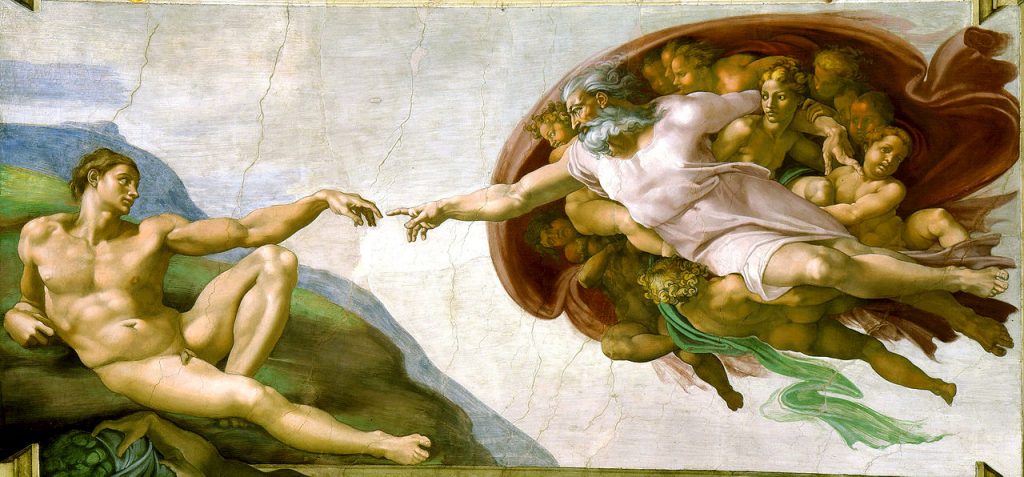
By Michelangelo – This file has been extracted from another file: Creación de Adán.jpg, Public Domain, Wikipedia Commons.
Artistic, yes! But inspirational and at the center of one of the most sacred places for people of the Catholic faith. The artistry is just one facet of these religious images.
Similarly, the images round through the American Southwest (and other areas) are more than art too.
The Painted Cave in New Mexico is still a place of cultural pilgrimage for the original inhabitants’ descendants.

But images can also convey information about the world. It is no surprise to any backcountry traveler that these images often appear at the junction of the canyon, rivers, or where you can ascend to the canyon rim.
To our modern eyes, the well-known Newspaper Rock seems odd along a paved road heading to Canyonlands National Park.

The images from Pueblo, Ute, and others seem to convey different information, perhaps some history, and maybe directions and other essential parts of both the pre-and post-Columbian world.
If you look at a map, the large panel is not just on the road but also next to where one canyon joins the other. Even this so-called “off-trail” canyon is a travel path in its own right. And these images are at the end of the canyon.
On a recent trip, Joan and I found a distinctive panel on a non-designated route just below an apparent exit to the mesa top and along the way to the San Juan River. Again, at a prominent place for travelers.

I am unsure what information is getting conveyed, but it seems to be a prominent place to give information. Not too far different from today, perhaps?
And the images often note important events, including the many archaeoastronomical images found throughout the southwest.
There is the famous Supernova Pictograph in Chaco Canyon:

Or the many images that line up with the solstice or equinox:

Or depicting other astronomical events that I won’t begin to guess:

Other images potentially convey warnings or attempt to dissuade people from going further.
Perhaps not far different from a similar sign in our time.
Another potential facet of these images could be the honoring of people. Extrapolating our cultural biases onto other cultures can be problematic. But portraying important people or events in a society seems to be a cultural constant through the ages.


Other potential meanings that people from the cultural traditions also state include such possibilities such as clan membership, signs of travel and history, water, crops, conflict, etc.



Ultimately, I think these images always tell a story regardless. Some may be art, religious in nature, perhaps historical, etc.


But the story behind the images and possibly why the people created them echoes through the ages.


And loses none of their power to inspire hundreds or even thousands of years later.

Vandalism is something completely different from these images. These images are part of the cultural landscape as much as a shrine, kiosk, art, or historical record today.

And something I am grateful for the opportunity to appreciate many generations later.

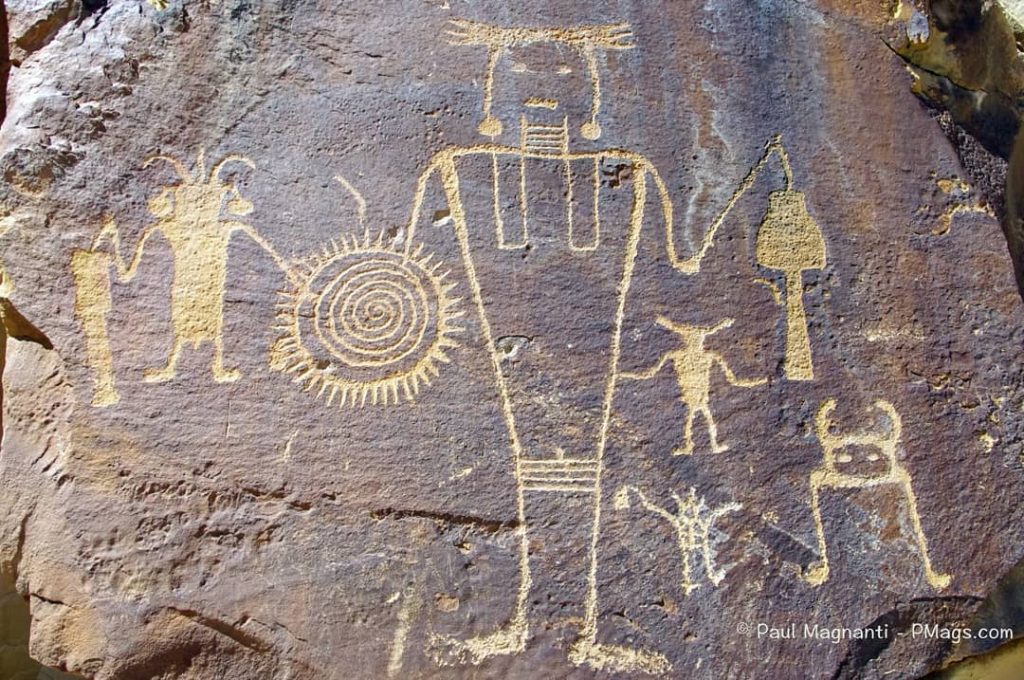
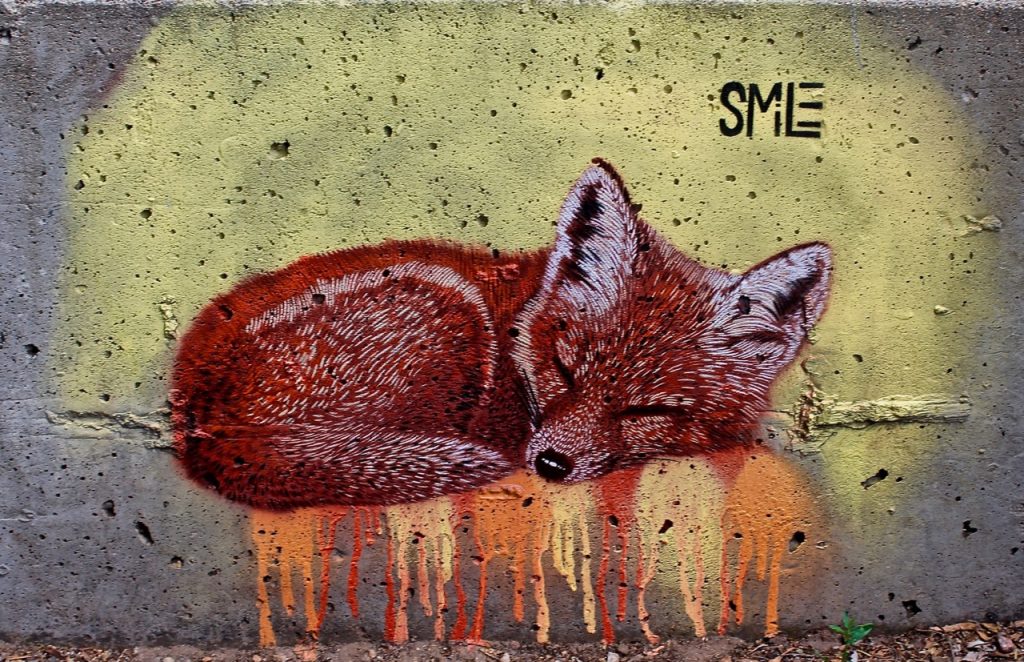
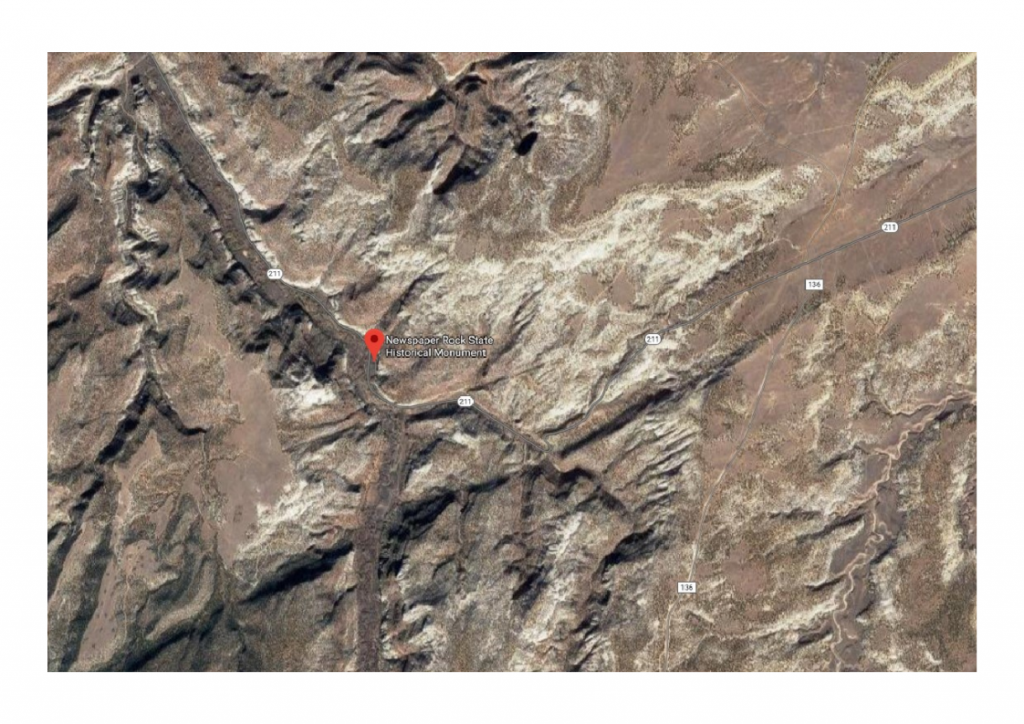
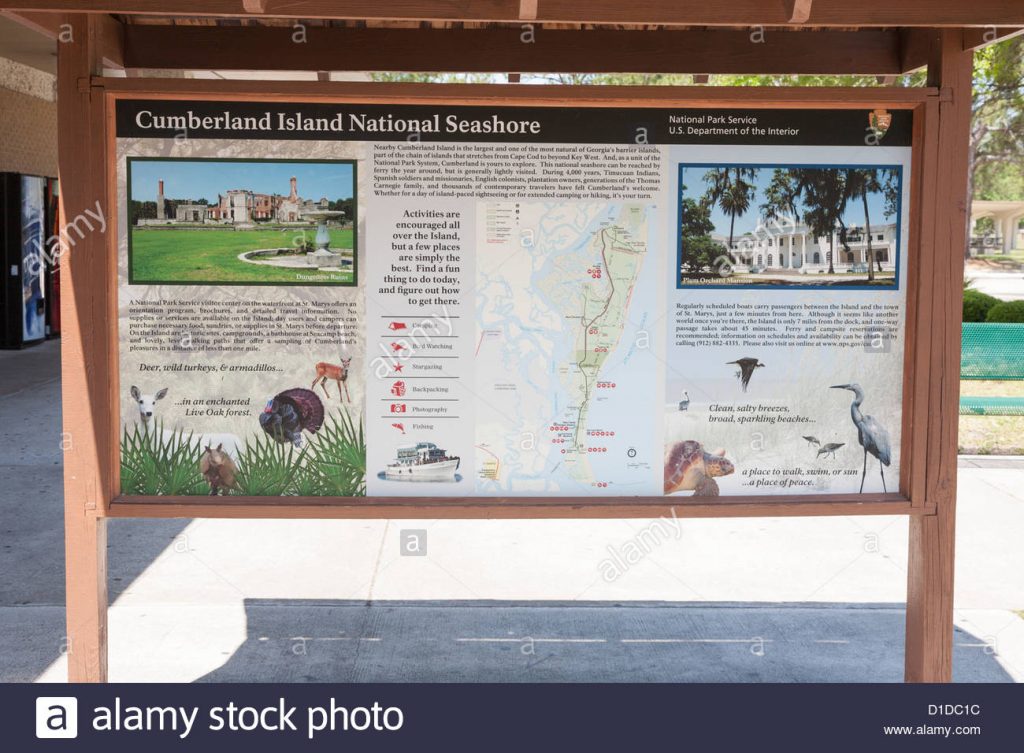
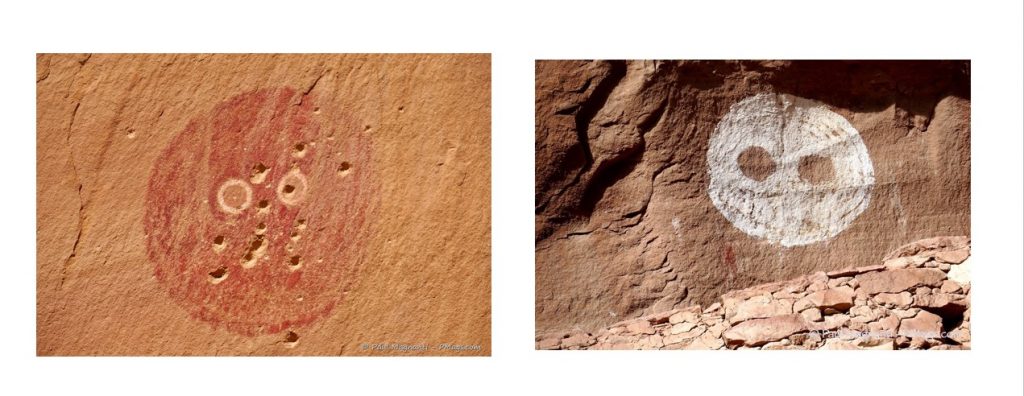

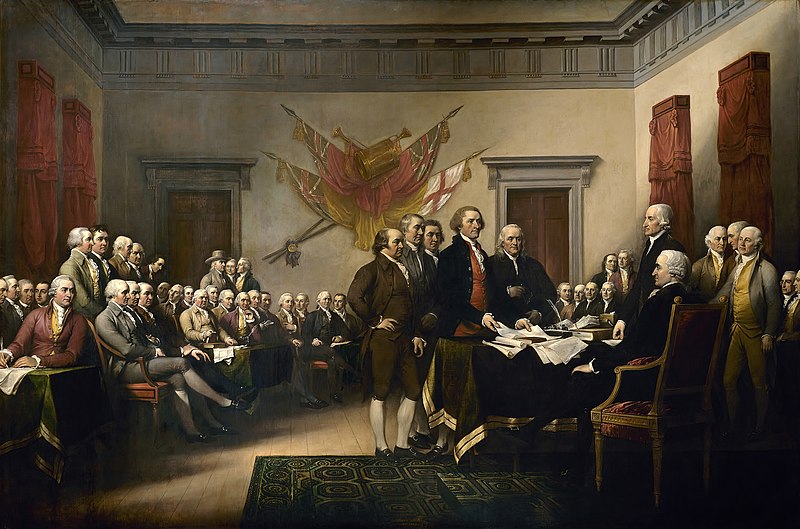
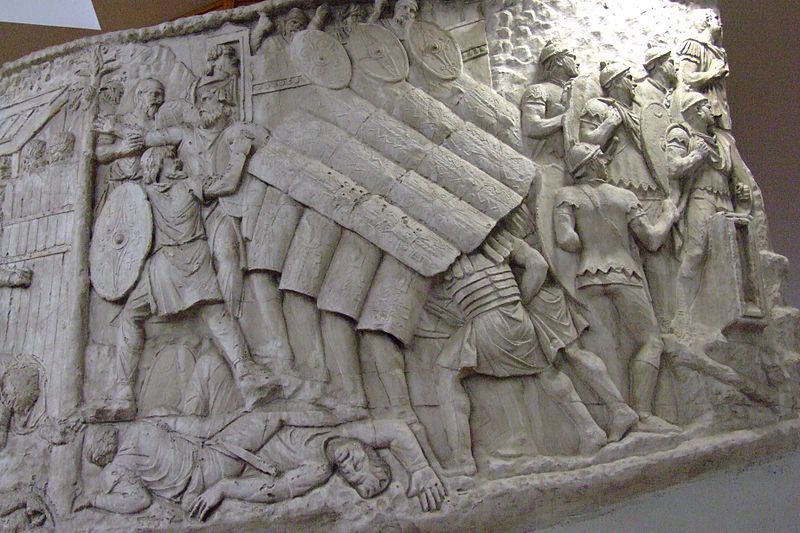
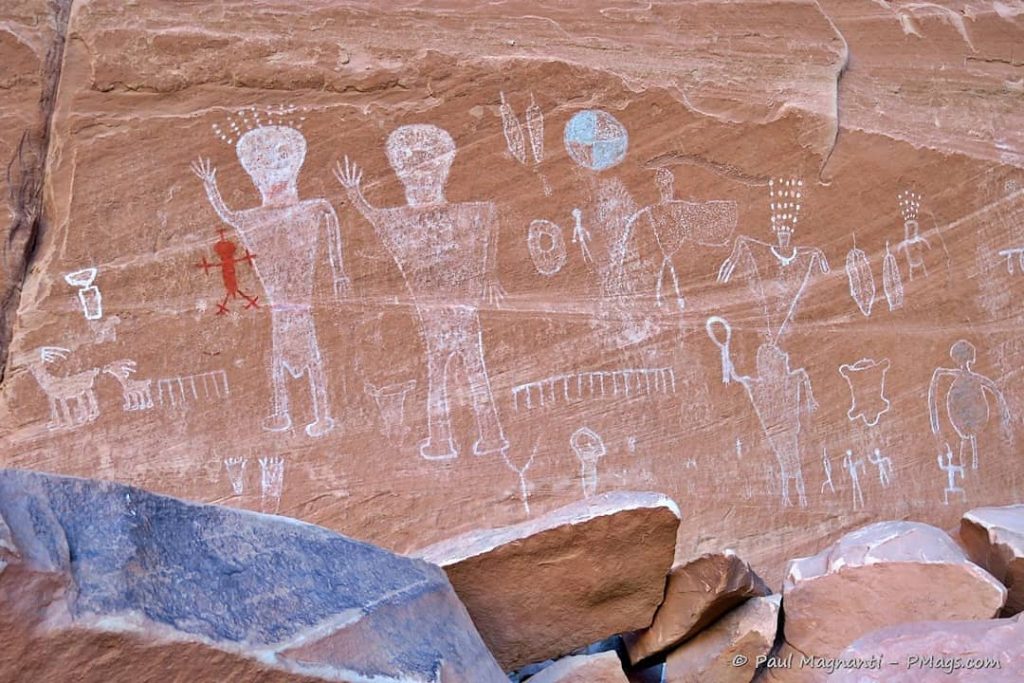
Excellent post! You sure have captured some amazing images. It’ll take time to convert my use of rock art just like it did with ruins.
Thanks for this very thoughtful and thought-providing article.
Always!
Where do we put the “recent” additions such as the signatures of early Anglo explorers like the Wetherill’s? Are these defacements which should be removed or do they fall under historical records?
Archaeologists tend to file these under the historical record. In my not-so-professional opinion, people started having different attitudes sometime around the 1950s or the 1960s. What was once acceptable started getting frowned upon.
Here’s an example near the old Moab ferry crossing and not far from much older pictographs –
I am researching the use of cloth to create maps. If you have any insights to help me I thank you now.
Alas, I do not have that type of knowledge.